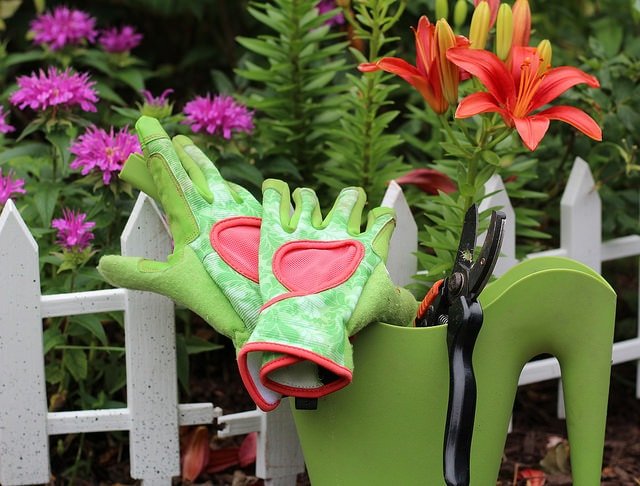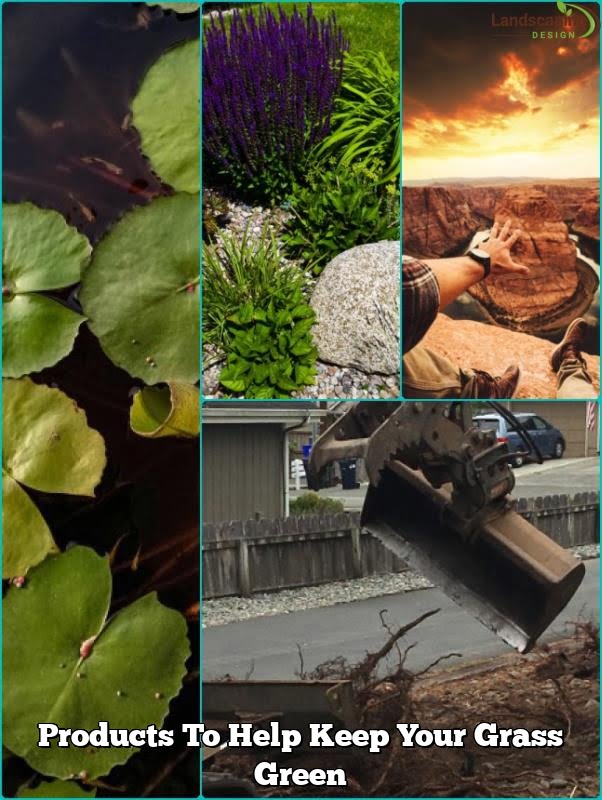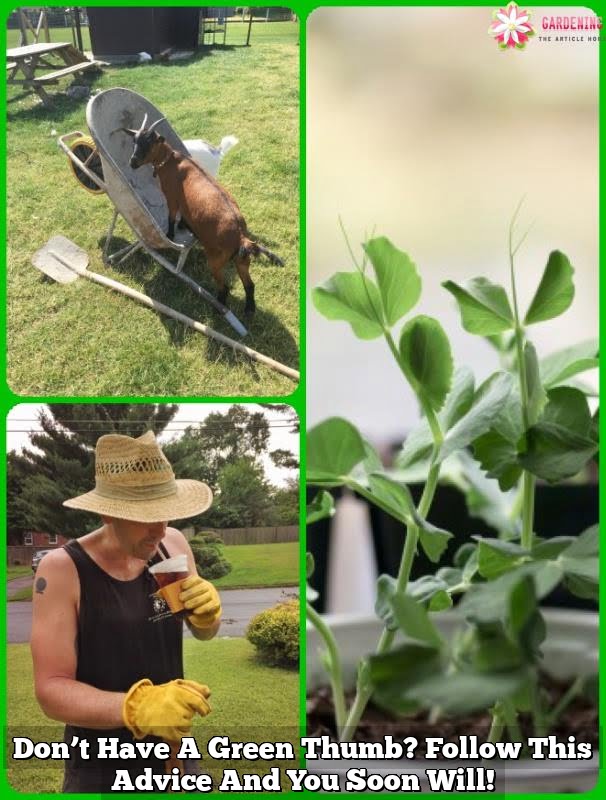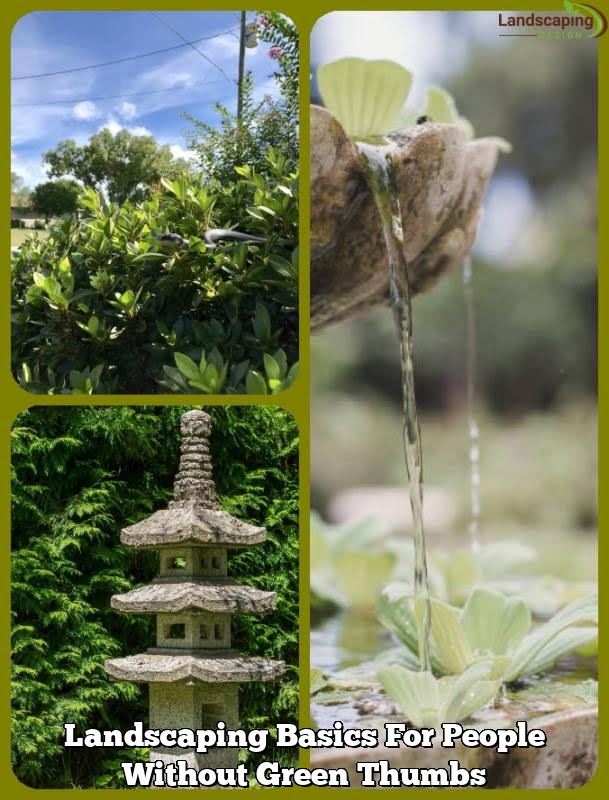
Growing your own organic fruits and vegetables is a great way to save money and adopt a healthier diet, but knowing what it takes can be difficult. There are a variety of seeds and starter plants available. The following tips will offer you some helpful advice to meet with organic garden.
This raises the plants will survive to adulthood. This method also gives you the freedom of tightening time between plantings. Your seedlings will be ready to be planted immediately after you remove your last crop from the garden.
Pick the proper soil to get the best outcome. You can also be able to design an artificial area with one variety of soil.
When the fall season approaches, it’s time to start planting all of your fall edibles. A pumpkin can become a planting container for kale and lettuce. Once you’ve cut its top and scooped the insides out, spray the inside and edges with Wilt-Pruf to keep the pumpkin from rotting.
If you are going to grow peas, you should consider starting them indoors instead of beginning them outside. The seeds will grow better germination rate if planted there first. The seedling may also be hardier, giving them a better chance to grow into a healthy adult plant capable of rebuffing diseases. You could transplant the seedlings outside after they are sturdy enough.
Pest control is tough when you have a vegetable garden. Remain vigilant to control garden pests. If you catch pests right away, the best way to remove them is to pick them off manually.
Your children will enjoy the experience of working with you in the organic gardening endeavors. A garden can provide a wonderful learning experience for children, and it gives you a chance to bond while producing healthy food.
Protecting your knees while gardening is very important.Many people can not bend over for extended amounts of time. Kneeling is a preferred way to get to your plants while minimizing back stress. Use a knee pad so that your knees from possible pain.
When you are cultivating an organic garden inside, it is vital to keep in mind how much light is reaching them. If you are living in a place that does not have a lot of natural sunlight, you might want to grow plants that adapt to medium and low light environments instead. You could also consider using artificial lighting to help.
It’s simple to quickly prepare your soil for the planting of a new perennial garden. Use your spade to slice chunks of turf up, then flip each piece over, then spread the area with approximately three inches of wood chips. Let the area have about two weeks, then turn the earth and set up your new perennial bed.
Some typical examples are petunias and petunias. If you are not sure whether your seeds need to be exposed to sunlight, look online or at the package.
When maintaining your organic garden, lightly brush over them using your hand up to twice a day. It may sound a little odd to do this, but research has shown that handling the seedling like this often will make them grow bigger than seedlings that are ignored.
Fill the jar with beer to an inch lower than the top. Slugs will be attracted by the beer and become trapped in the jar.
You should add mulch your garden with about three inches of organic material. This affects your garden in a variety of ways, including enriching the soil, inhibiting the growth of unsightly weeds, and improving the overall appearance of the garden.
You need to learn how to make an organic garden. You do this by slicing underneath the turf with a spade. Once you do this, flip it over and cover the affected area with wood chips a few inches in depth. Leave it to settle for a couple of weeks and then you can plant.
Be specific about what you would like to grow when it comes to your organic garden. Different varieties of a certain flower or vegetable require different kinds of environments. For example, there are many kinds of roses and some will work in your garden, be sure to check that they will do well in your particular environment. Make sure that you select the varieties that will adapt well to your garden.
You might be aware of the many benefits that compost provides to an organic garden, but are you aware of what goes into compost? Compost is a mixture of organic matter such as grass clippings, dead leaves, scraps of produce, produce scraps, straw, and small twigs that all break down together into a soil-like consistency. Use this instead of fertilizer that you buy at the store.
Creating Compost
A good way to fertilize your plants in the garden is by creating compost of your own. An easy way to start creating compost is to start a worm bin for composting. Red wiggler worms, some dirt, kitchen scraps and shredded newspaper will be a good base for your compost bin.
Some houseplants require some humidity. You can create humidity in any environment by grouping different plants together in one pot, or you could also plant it in a bigger pot while filling the gap with stones or compost.Another way to increase humidity to your houseplants is to mist them with water mister one to two times daily.
Some houseplants will resist their roots being disturbed, while others won’t do nearly as well. To check if your plant will benefit from re-potting, turn it upside down and tap the pot until the plant falls out. If you can only see a few roots, your plan is just fine in the current pot, and does not need to be replanted.
Organic Garden
As this article stated, an organic garden is a great way to provide healthy food for your family, but you need to know which types of plants to grow. Applying the advice of this article will hopefully help you cultivate a successful organic garden to fortify the healthy diet of your family.

Welcome to my blog about home and family. This blog is a place where I will share my thoughts, ideas, and experiences related to these important topics. I am a stay-at-home mom with two young children. I hope you enjoy reading it! and may find some helpful tips and ideas that will make your home and family life even better!




